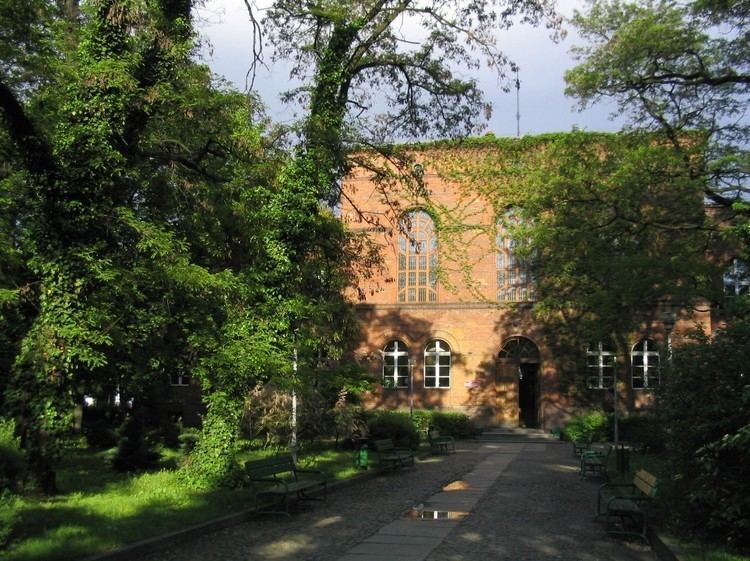Principal Lucyna Woch Phone +48 61 852 77 05 Founded 1303 | Nickname "Marynka" School board Poznań | |
 | ||
Type Public, university-preparatory school Established 1303; 714 years ago (1303) Address Garbary 24, 61-867 Poznań, Poland Motto Salus Rei Publicae suprema lex Similar Adam Mickiewicz High Sch, III Liceum Ogólnoks im św Ja, VI Liceum Ogólnoks im IJ Pa, IX Liceum Ogólnoks im K Lib, I Liceum Ogólnoks im K Mar | ||
Saint Mary Magdalene High School in Poznań - Liceum Ogólnokształcące św. Marii Magdaleny w Poznaniu (Polish, Ad sanctam Mariam Magdalenam (Latin) - also known under its Polish name "Marynka", is one of the oldest and one of the most prestigious and selective High Schools in Poland.
The school was founded in 1303. In 1939, in recognition of its importance and to thank the school for educating many generations of best scientists, artists and politicians in its 600 years of history, the school was awarded the Knight's Cross of the Order of Polonia Restituta by the last free Poland's President Ignacy Moscicki.
School is noted for its alumni (including Nobel Peace Prize Nominee), its academics, and the large number of graduates attending prestigious universities.
